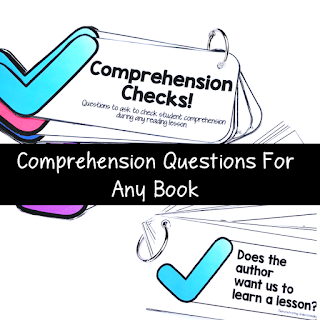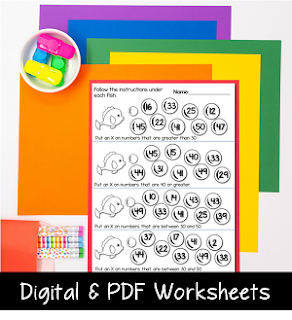Phonemic awareness is one of the most important skills you will teach your students. It is the ability to identify and manipulate individual sounds in words, a key component of the science of reading. One specific aspect of phonemic awareness is sound segmentation, breaking words down into their sounds or phonemes. In this blog post, we will explore the science behind sound segmentation and how it can be taught in the classroom.
Teaching Sound Segmentation:
The Science of Sound Segmentation
Before diving into sound segmentation specifics, it's essential to understand the science behind it. Phonemes are the smallest units of sound in our language, and each phoneme represents a distinct sound. There are approximately 44 phonemes in the English language, and they can be combined in various ways to create words.
Sound segmentation is the ability to identify and manipulate these individual phonemes in words. For example, if you say "cat," you can hear three distinct sounds - /k/ /a/ /t/. A student with strong sound segmentation skills would be able to identify each of these sounds and understand that they make up the word "cat."
Sound segmentation is the ability to identify and manipulate these individual phonemes in words. For example, if you say "cat," you can hear three distinct sounds - /k/ /a/ /t/. A student with strong sound segmentation skills would be able to identify each of these sounds and understand that they make up the word "cat."
On the other hand, students with strong phoneme segmentation skills are more likely to become proficient readers. Once students can segment words, they can also work on blending those sounds to say a word, which is a precursor to spelling.
Oral Language Activities First
Before students can begin segmenting sounds and words, they need to have a strong foundation in oral language. This means they should be able to hear and identify sounds and produce those sounds. All of this is done with sounds and words to practice with. Students do not need to see anything at this point.
My favourite way to work on this is to use my phonemic awareness word lists. I say a word to the students and ask them to break it down into the sounds they hear. I have cards for three phonemes, four phonemes and five or more phonemes that we can use to practice this skill. Having different levels of cards helps us to work our way up to more complex tasks.
I use these whole groups, small groups, and often, when we have a few minutes when transitioning, to sneak in more practice.
After students are comfortable with this, you can move on to sound-symbol correspondence and introduce the letters that make those sounds. Once again, I love to use these word lists for a ready-made collection of words to write on the whiteboard that we can use to map the phonemes to the graphemes (letters) that are making the sound and then blend them together to say the word.
After students are comfortable with this, you can move on to sound-symbol correspondence and introduce the letters that make those sounds. Once again, I love to use these word lists for a ready-made collection of words to write on the whiteboard that we can use to map the phonemes to the graphemes (letters) that are making the sound and then blend them together to say the word.
Manipulatives Help to Visualize the Sounds
Manipulatives are objects that students can manipulate to represent phonemes in words. Using manipulatives to help students physically segment sounds in words is a great way to make it concrete.
Hands-on sound segmentation activities will give your students time to practice and consolidate these skills. Most activities involve very little reading, so they can be completed independently. These activities are a hit in my classroom.
Sound segmentation is a critical skill for reading development, and it can be taught using various strategies in the classroom. However, it is essential to move beyond whole-group and small-group instruction to consolidate this skill and give your students time for independent practice.
- Use blocks to represent phonemes.
- Use Play-Doh balls and squish one for each sound. My students love this option!
- Use lights to tap out each sound (Dollar Store press lights work great for this).
- Use a pipe cleaner with beads and have students move one bead to show each sound.
- Use Elkonin boxes—my personal favourite. Students can move objects (think mini erasers) into each box to represent a sound. Later, they can write a letter or letters representing the sound in these boxes.
Practice, Practice, Practice - Independent Practice, that is!
Like any skill, sound segmentation requires practice. Teachers can incorporate sound segmentation activities into their daily routines, but providing practice outside of whole group and small group instruction time is just as important.
Sound segmentation is a critical skill for reading development, and it can be taught using various strategies in the classroom. However, it is essential to move beyond whole-group and small-group instruction to consolidate this skill and give your students time for independent practice.

















.png)









No comments